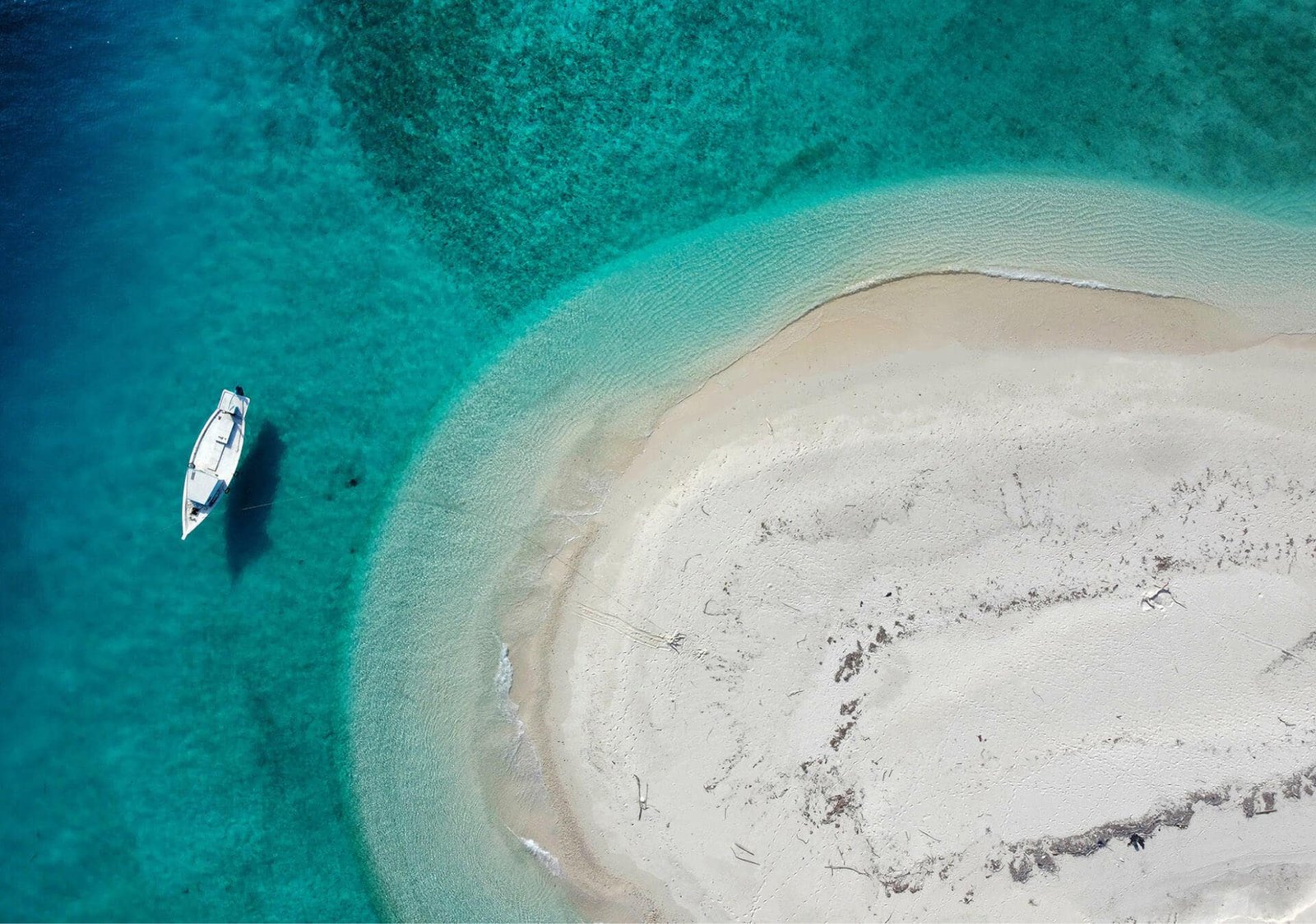The art of tracking is an ancient skill that goes beyond simply following animal footprints. It involves reading the subtle signs and stories left by wildlife in their natural habitats. For the observant, nature becomes an open book, revealing narratives of survival, behavior, and the interconnectedness of ecosystems. This age-old practice not only deepens one’s connection to the natural world but also enhances environmental awareness and conservation efforts.
Understanding the Language of the Wild
Tracking is essentially learning the language of nature. Each broken twig, flattened grass, or disturbed soil is a word in a complex vocabulary shaped by the movements and behaviors of animals. Mastering this language requires patience, keen observation, and an understanding of the local fauna. Trackers learn to differentiate between the tracks of various species, recognizing patterns and gaits that indicate whether an animal was running, walking, or hunting.
The Tools of a Tracker
A good tracker’s toolkit is not filled with gadgets but rather with knowledge and acute senses. The most important tools are a sharp eye for detail and an attuned sense of hearing and smell. Modern technology, like GPS and field cameras, can aid in tracking, but they cannot replace the intuition and experience developed through time spent in the wilderness. Traditional practices, passed down through generations, often hold invaluable insights into the local environment and wildlife.
Conservation Through Tracking
Tracking plays a crucial role in wildlife conservation and research. By understanding animal movements and behaviors, conservationists can make informed decisions about habitat protection, anti-poaching efforts, and the management of endangered species. Tracking can also help in the study of animal migrations, breeding patterns, and the impacts of climate change on various species.
The Spiritual Connection
Beyond its practical applications, tracking offers a spiritual dimension. It fosters a deep respect for nature and wildlife, encouraging a mindful approach to outdoor activities. The act of tracking can be meditative, grounding individuals in the present moment and reconnecting them with the natural rhythms of the Earth. It reminds us of our place within the larger ecological tapestry and the importance of living in harmony with our environment.





Leave a Reply